Florida’s orange industry, a cornerstone of the state’s economy and a beloved source of America’s morning juice, is at a crossroads. Last year’s hurricanes, paired with relentless citrus diseases, have taken a heavy toll.
Now, an emerging crisis looms large: a shortage of water. This dire situation is not just about lost crops but highlights a growing conflict between agricultural demands and environmental sustainability.
Weather Woes
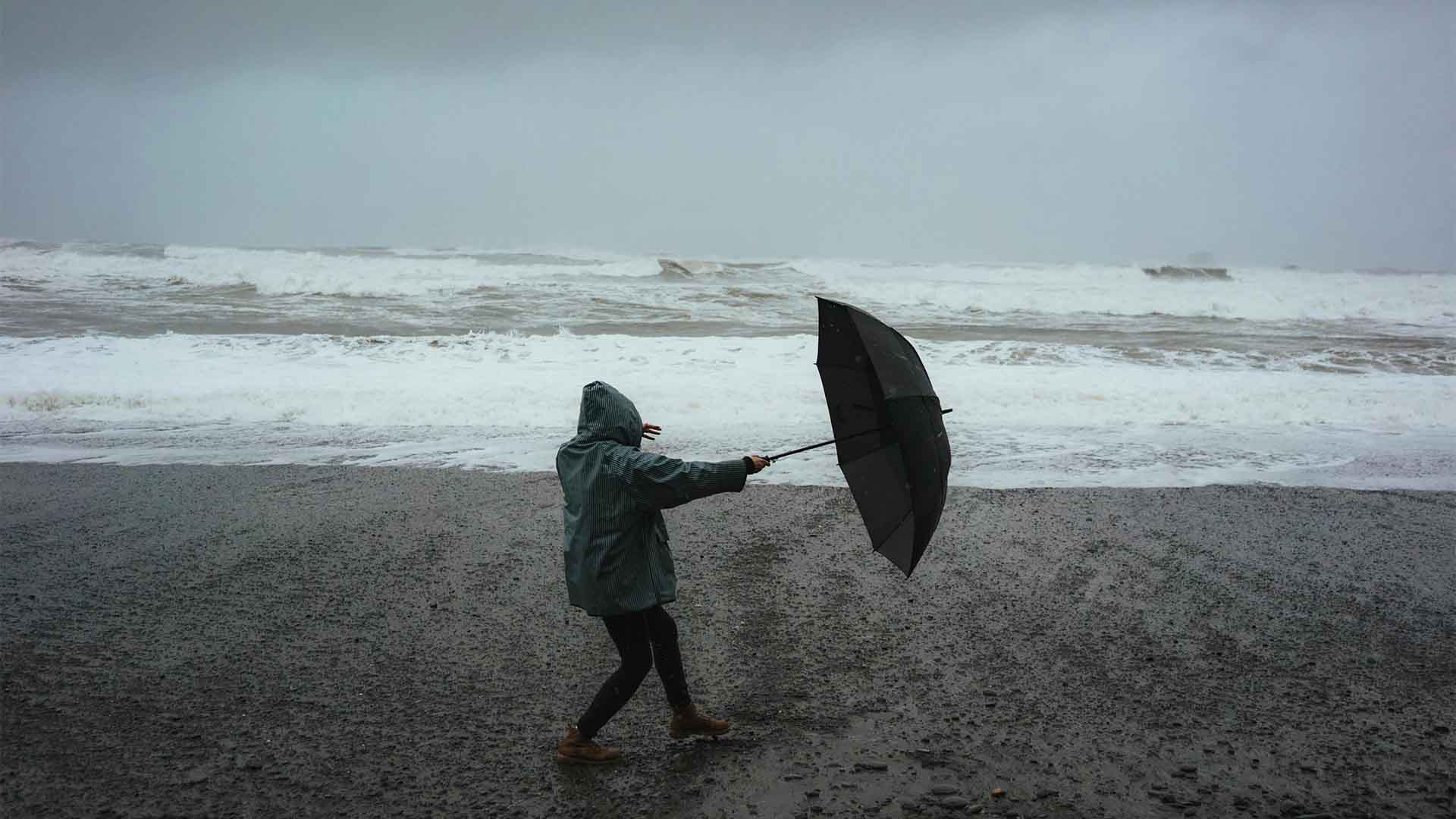
Hurricanes Ian, Nicole, and Idalia left a trail of destruction across Florida’s orange groves, causing prices to surge and yields to plummet. These storms, more than mere natural disasters, signal a troubling trend for the state’s agriculture.
The damage inflicted not only devastates the current year’s harvest but also jeopardizes the future of many groves, underscoring the vulnerability of our food systems to climate change and extreme weather events.
The Invisible Enemy: Citrus Diseases
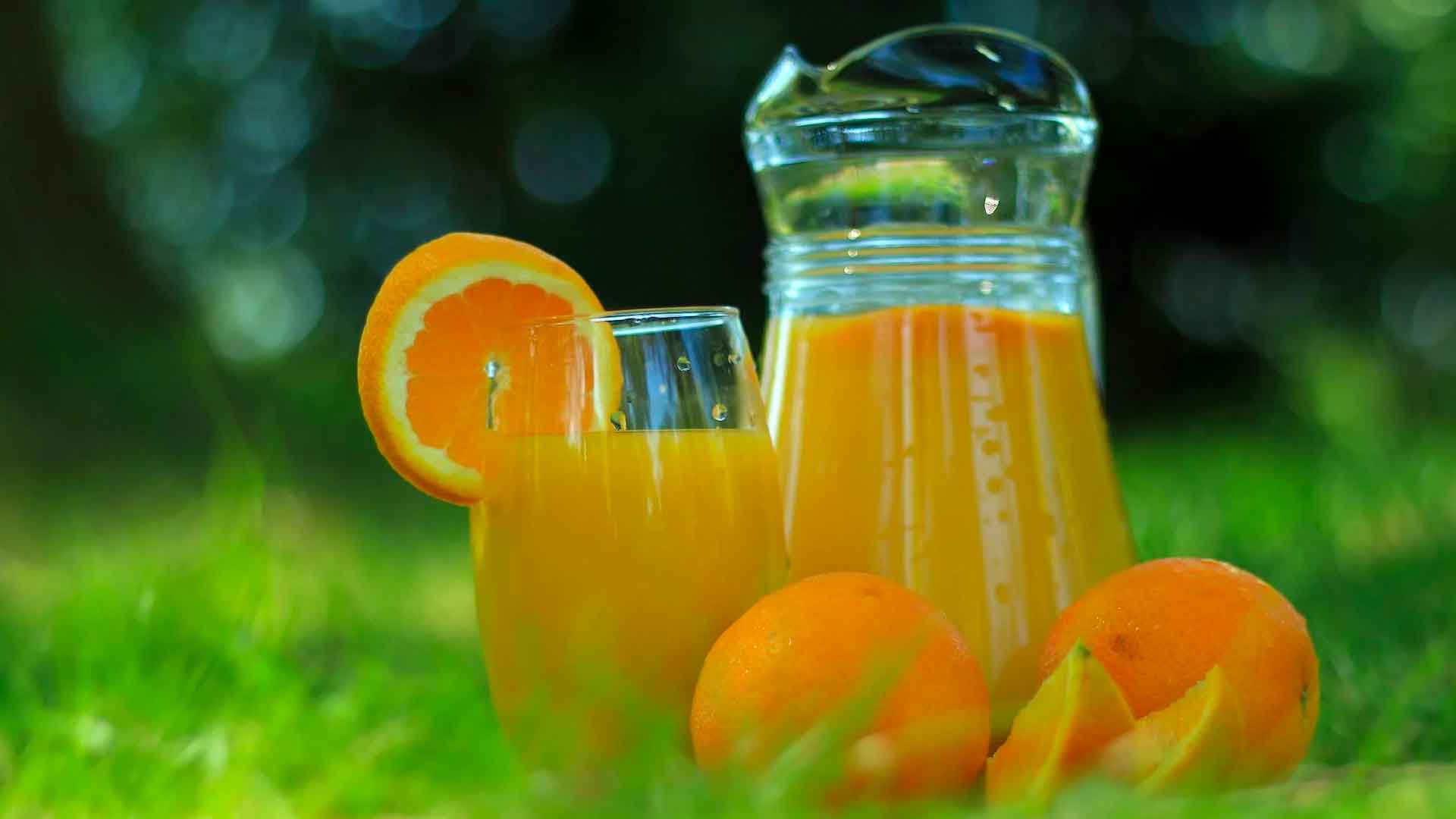
Beyond the hurricanes, Florida’s oranges are under siege by citrus canker and greening, diseases that have decimated groves and dashed hopes of recovery. These ailments, though harmless to humans, are lethal to orange trees, blocking nutrient flow and eventually killing the plant.
The battle against these diseases consumes significant resources, including a vital one increasingly in short supply: water.
A Thirsty Crop in a Thirsty Land
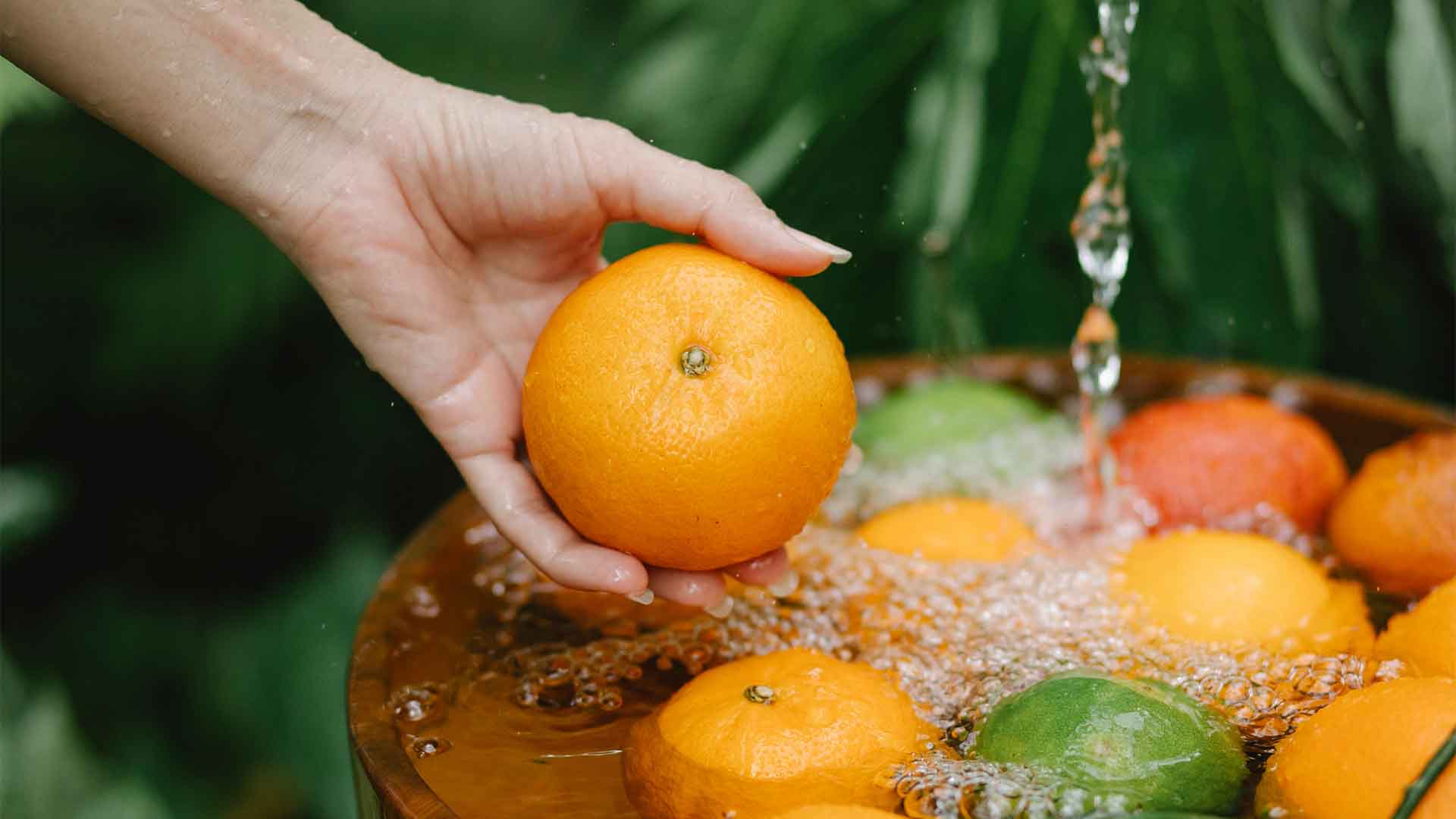
Oranges require substantial amounts of water to thrive, a fact that puts the industry at odds with the realities of Florida’s freshwater shortage.
The state, no stranger to water issues, now faces the daunting task of balancing the needs of its agriculture with the pressing need for conservation.
The USDA’s Optimistic Outlook

Despite these challenges, the USDA projects a 30% increase in orange production over last year’s historic lows. This forecast brings a glimmer of hope to an industry battered by nature and disease.
Yet, this optimism is cautious, tempered by the understanding that the road to recovery will be long and fraught with obstacles, not least of which is the efficient management of water.
The Fight for Survival
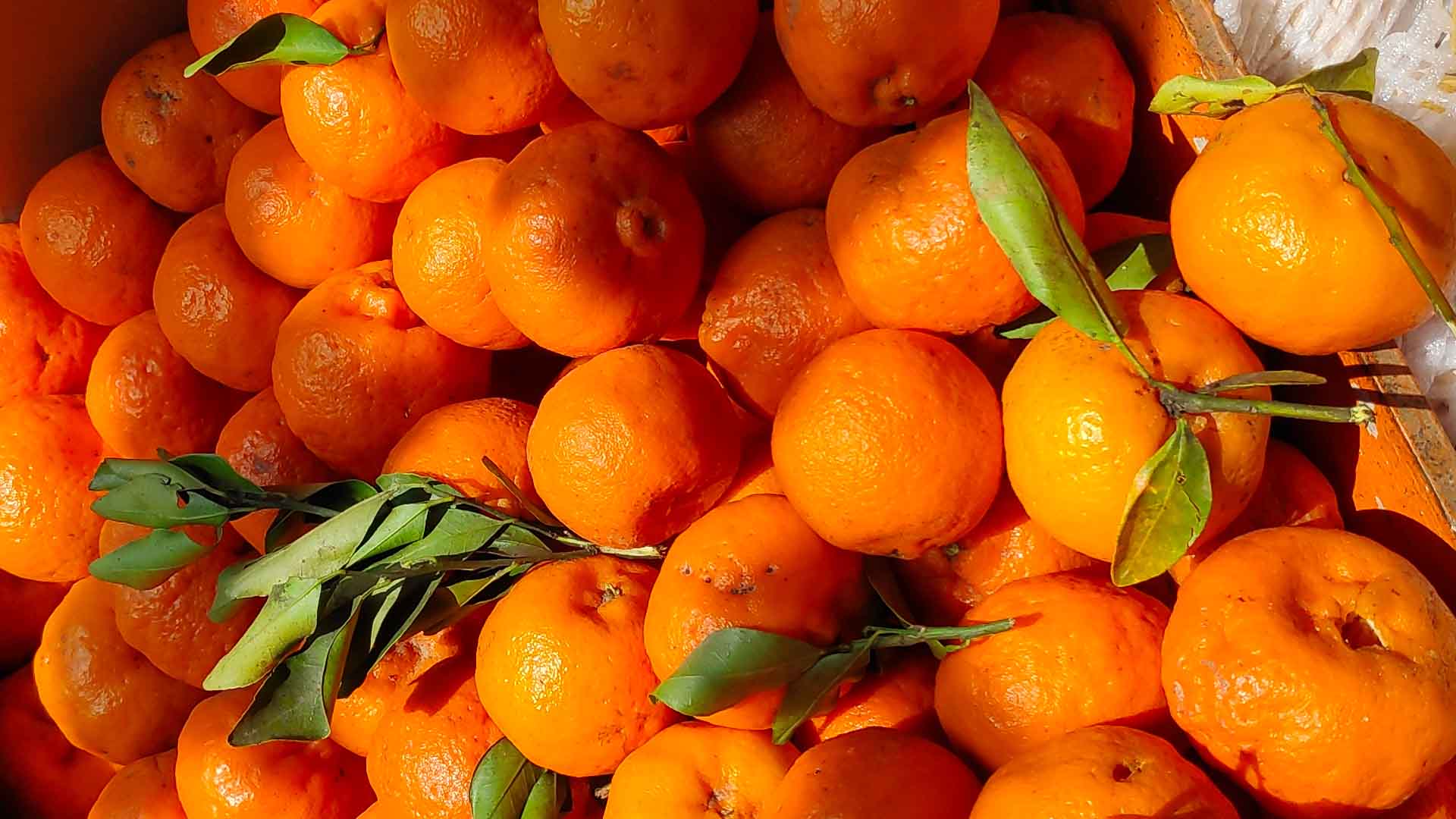
With nearly 90% of citrus groves affected by disease, Florida’s orange farmers are in a relentless battle for their livelihoods (via EPA). Efforts to contain the spread of diseases are intensive, involving everything from cutting-edge research to innovative farming practices.
These endeavors are not just about saving trees but also about securing a future for an industry integral to Florida’s identity and economy.
Innovative Responses to Crisis

In the face of adversity, the orange industry is turning to innovation, per USDA. From exploring genetically modified crops resistant to greening to implementing precision irrigation technologies that reduce water usage, growers are not standing idle.
These initiatives represent a critical shift toward sustainability and efficiency, essential for the industry’s survival in an era of environmental challenges.
The Ripple Effect on Consumers
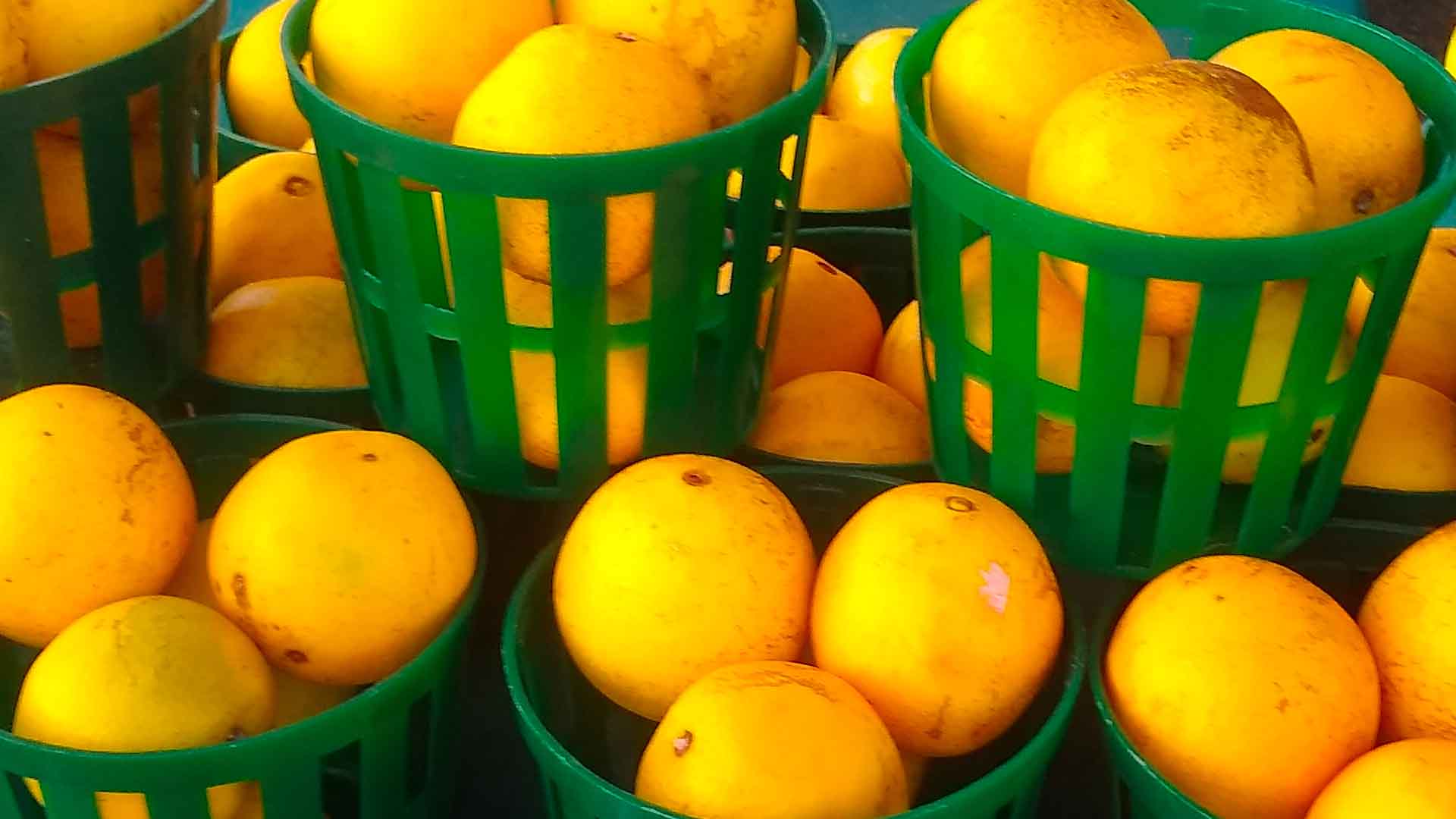
The plight of Florida’s orange industry isn’t just a problem for farmers; it affects us all. Higher prices and potential shortages at the grocery store are just the tip of the iceberg. The economic ramifications of decreased citrus production reach far beyond the state’s borders, impacting the entire country.
“I would say, nationwide, consumers should be concerned,” Lisa Marie Roth, owner of Bob Roth’s New River Groves in Florida, told NBC in 2023.
Federal Aid and Its Limitations

In search of solutions, the orange industry has looked to federal aid, though not always successfully.
While government support can provide a lifeline in times of disaster, it’s clear that more systemic changes are needed to address the underlying challenges of disease control and water usage.
A Creative Lifeline
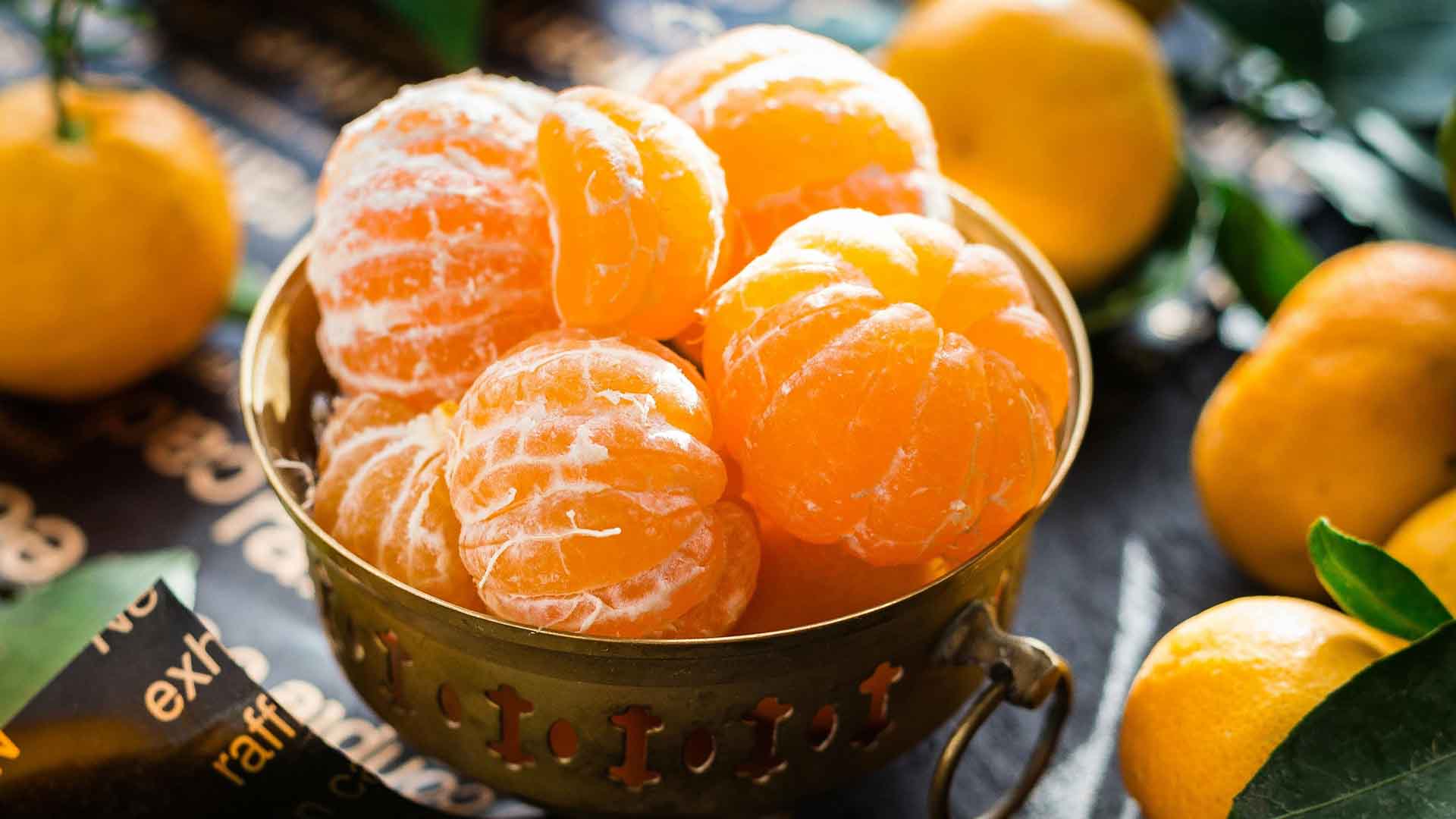
Some growers are diversifying with agritourism to weather the storm.
By inviting the public into their groves, they’re not just generating additional revenue — they’re educating visitors about the importance of sustainable agriculture and the challenges facing the industry.
Climate Change and Agriculture
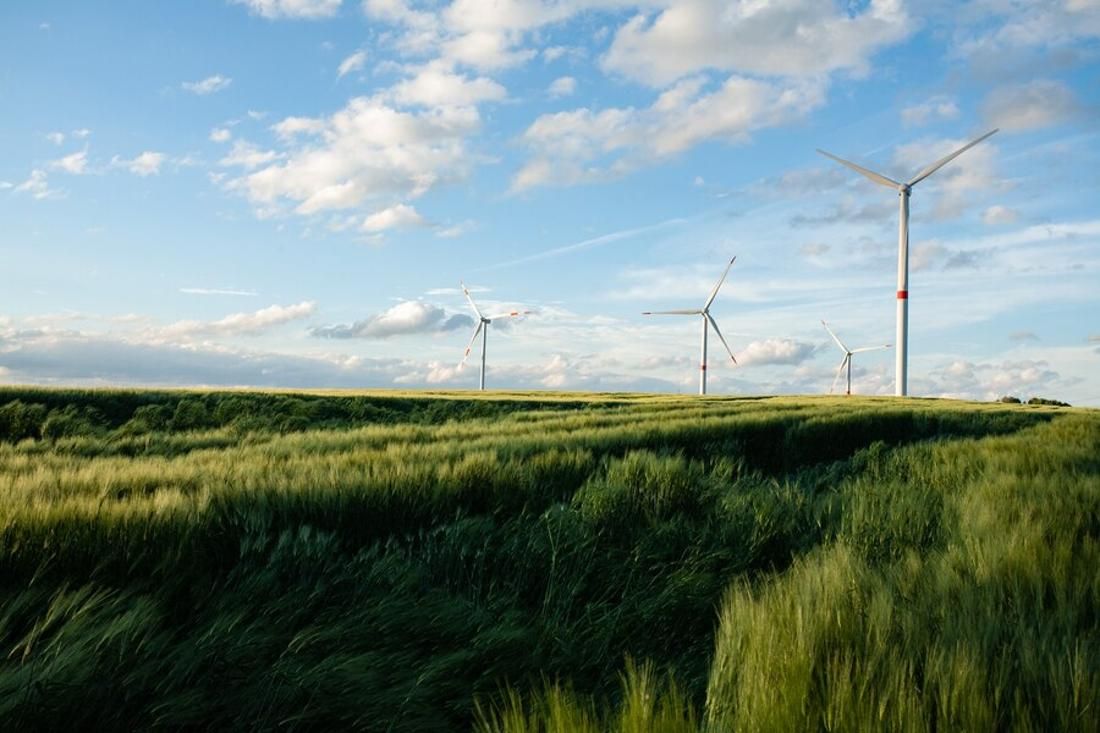
The struggles of Florida’s orange industry highlight a broader issue: the impact of climate change on agriculture. Extreme weather events, water scarcity, and the spread of diseases are challenges that will only intensify without concerted efforts to combat climate change and adopt sustainable farming practices.
This situation serves as a call to action for all stakeholders to work toward a more resilient and sustainable food system.
The Future of Florida’s Oranges

As we look to the future, the path forward for Florida’s orange industry is one of adaptation and innovation. Ongoing research into disease resistance, water-saving technologies, and climate-smart agriculture will be critical.
The industry’s resilience, coupled with a commitment to sustainability, offers hope for not just preserving the beloved crop but also balancing water usage and protecting the environment.
